“Sometimes, you find yourself in the middle of nowhere, and sometimes, in the middle of nowhere, you find yourself.”
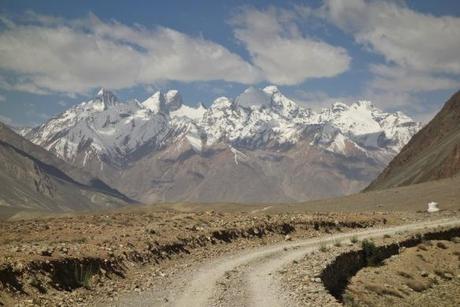
We had only arrived halfway up the impressively steep path which wound up the monastery in our last village in the Zanskar valley before being ushered into a small house by a monk with a wonderful curly hat. He quickly made us ample tea and fed us biscuits while explaining that trekkers in the region need food since there are no shops or restaurants. While talking with him we discovered that he had lived in this seventy monk monastery for forty years, making him sixty years old now. He shared his small “house” with four young boys (age seven to fourteen) who lived upstairs, and seemed to be a bit of a grandpa to them. We later found out that every house has an older monk with a few youngsters who all live together in a multigenerational community.
He told us there was a guest house in the town, and as another monk led us down to it, we realized it was run by the monastery. It turned out to be a beautiful building with skylights and a secluded lawn (the only lawn in India I’m sure) perched on the monastery’s hill overlooking the mountains and Zanskar river. It was definitely the nicest place we have stayed, so we decided to spend a few nights enjoying the peaceful village and stunning landscape before heading back to Leh.
The surrounding area was absolutely beautiful!

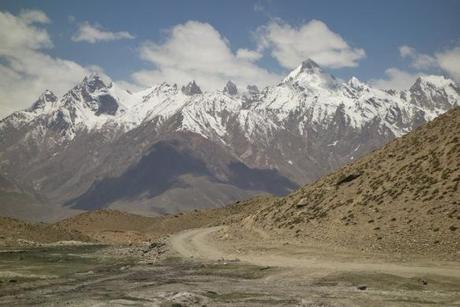
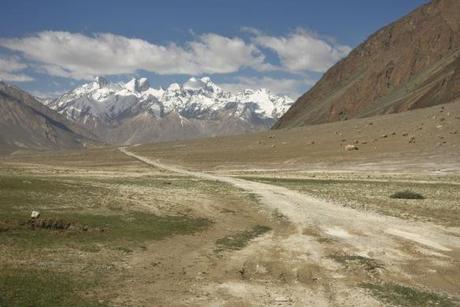
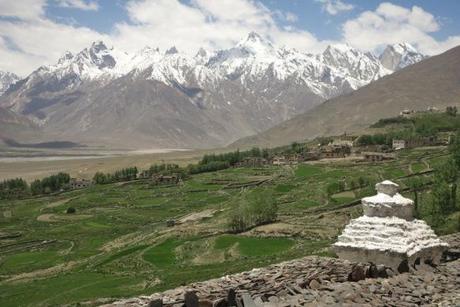
During our stay we were invited by multiple monks to eat with them in their homes (which are part of the monastery), including one lama who earns money for the monastery by leading treks throughout all of Ladakh and Zanskar during both the winter and the summer. In fact, he was the first local (25 or so years ago) to lead tourist on the famous Chadar trek, an expedition which takes about ten days and traverses the frozen Zanskar river in the middle of the winter. He lives a very different life than what I would expect of a monk, leading trips six months of the year, and often visiting Europe (where the trekkers he has lead live), especially France, in the spring. He is the only monk with permission to leave so freely and his monastery benefits enormously because of all of the money he is able to bring in through guiding.
He explained to us that the monastery has it’s own school and that after the children graduate, they go to Leh for college. He said they can study what they want, often leaving the monastery to become doctors, teachers, or whatever else they may fancy. Once again we realized that the monks and nuns in this part of the world live much more comfortable lives than many of the locals, and I can definitely understand why many parents choose this lifestyle for their children at a young age.
Here is the monastery itself.
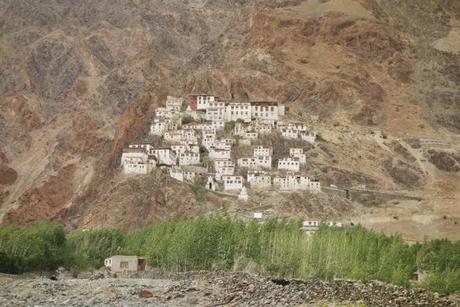
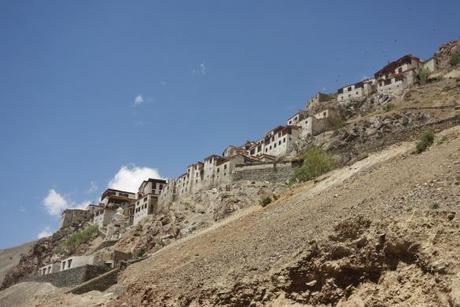

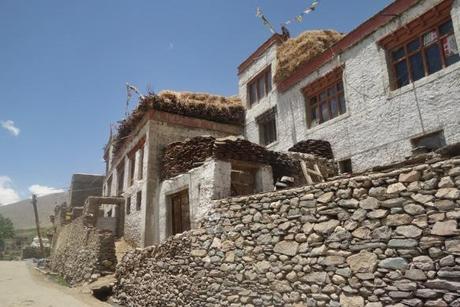
Besides eating with individual monks, we also joined a group of young children for lunch one day in the courtyard of the highest building. We had been sent up by the monk we ate breakfast with (the one who guides treks) and wandered in to find a bunch of cute children in their red robes sitting on the ground with their bowls of rice and lentils. Like children everywhere they ran around and played with a balloon someone had got a hold of before continuing their studies, both through a government school (math, science, history…) and by Buddhist philosophy teachers.
During our stay I asked if they sometimes had foreigners as English teachers, and they have indeed had a few. Though it’s volunteer (free room and food but no pay) I am very tempted to return next winter for a few months (completing the frozen river trek, a ten day expedition, to enter into the region) while the region is completely closed off to the rest of the world due to snow. How amazing would it be to live and teach in a monastery in Zanskar valley, a Tibetan Buddhist region above 3,500m, in the heart of the winter when all access is completely cut off?! Guess it’s time to make some money for that flight!
